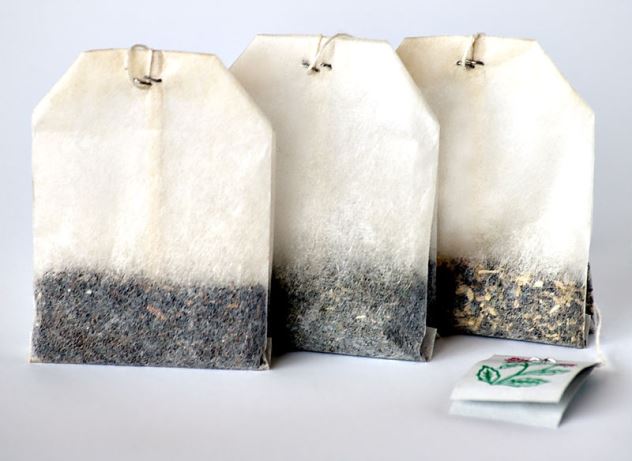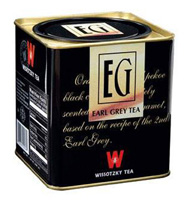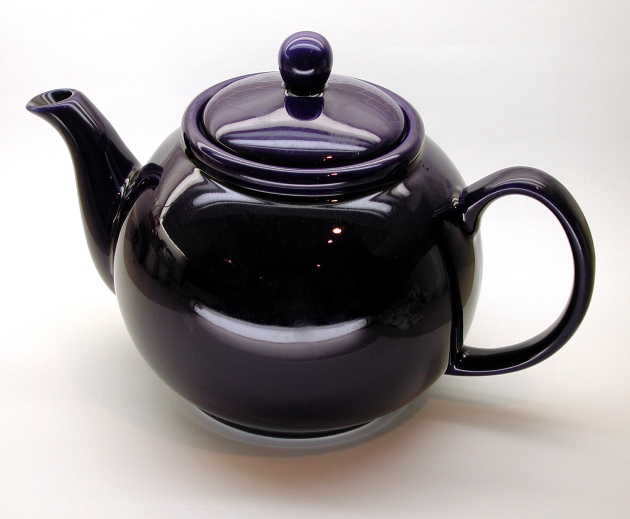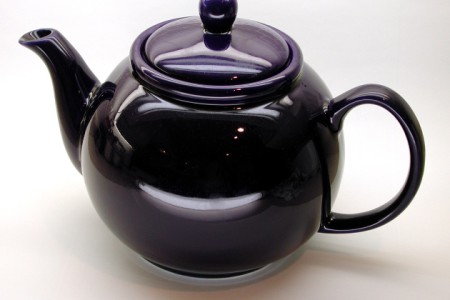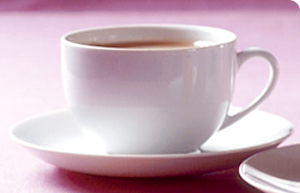
A nice cup of tea is the usual answer in Britain and Ireland to any everyday problem. Nothing is so bad that a nice cup of tea with a friend or family member can’t make it better.
Here’s a traditionalist view on how to make it, which shares much with an essay of the same name by George Orwell.
Use freshly drawn water and bring it to a boil in a kettle. Meanwhile, prepare your teapot. It’s prefered to use an earthenware pot, while others use stainless steel. The pot should be warmed: add some hot water and let the warmth pervade the pot. Drain off the hot water, then add the tea. Whatever tea you use (and for proper emotional rescue you should use a strong Indian or Kenyan-based blend), do not use teabags. You need to let the tealeaves swim free and with teabags there will inevitably be a papery tinge to the taste.
Measure tea according to the size of the teapot and the strength of tea you prefer. (Some advice says use one spoon per person and “one for the pot”. This is obviously nonsense.) In a large teapot (serving four cups), two teaspoons will give a fairly weak tea, perhaps enough to console one for a lost umbrella on a rainy day, and four should be strong enough for being stood up on a Friday night. A broken heart may need six. Add the water as soon as it boils, and leave it to stand for five minutes before serving. Use a mug if you must, but a cup and saucer are far more civilised.
Traditionally you should add full-cream milk, but semi-skimmed will do. If you are familiar with the strength of tea you make and the size of the cups, you can follow the ‘milk in first’ technique. Otherwise, add milk to the tea, to ensure you get the right colour. Add sugar according to taste and the extent of the emotional crisis you are trying to overcome.
Serve with a biscuit or two, and prepare to feel much better.

